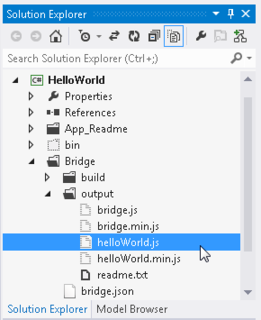Last night match was brilliant. United is continuing its winning ways. After deposing Tottenham and Liverpool, they beat Aston Villa courtesy of goals from Ander Herrera and Wayne Rooney.
United started the game immediately in high gear. They pressed forward searching for opening goal. Five minutes after kick-off, Wayne Rooney was brought down inside the box when he was clear. Unfortunately, referee Roger East was not impressed. It was really unfair because Rooney was clear, ready to pull the trigger and there was a touch from Ciaran Clark. It should have been penalty and straight red card.
United came close at minute 25. Marcus Rojo unleashed a 35-yard powerful shot. But Brad Guzan brilliantly tipped the ball for corner.
Finally United break the duck 2 minutes before the break. Ander Herrera put an accurate low strike past Brad Guzan, Old Trafford erupted with joy. Daley Blind is credited with the assist.
Three minutes after the break, Aston Villa almost equalised. Christian Benteke was clear inside the box, but he got his footwork all wrong. He scooped the ball over the bar.
Angel Di Maria entered the pitch on minute 70, replacing the ever-dangerous Ashley Young. Eight minutes later, his cross found Rooney, which brilliantly control the ball on the air, before unleashed a powerful shot to top left corner. Goalll!!! United 2, Aston Villa 0. What a magnificent skill shown by Wayne Rooney.
With the whole Old Trafford still in awe after Rooney’s magnificent goal, Aston Villa managed to pull one back. The corner-kick found Christian Benteke, which then slowly slotted it in between David De Gea’s legs. De Gea must be cursing himself for allowing such sloppy mistake.
It’s game over for Aston Villa. At minute 91, Ander Herrera strikes again. A low, straight shot, within a blink of eye left Brad Guzan stunned.



 Today, the team behind
Today, the team behind 


